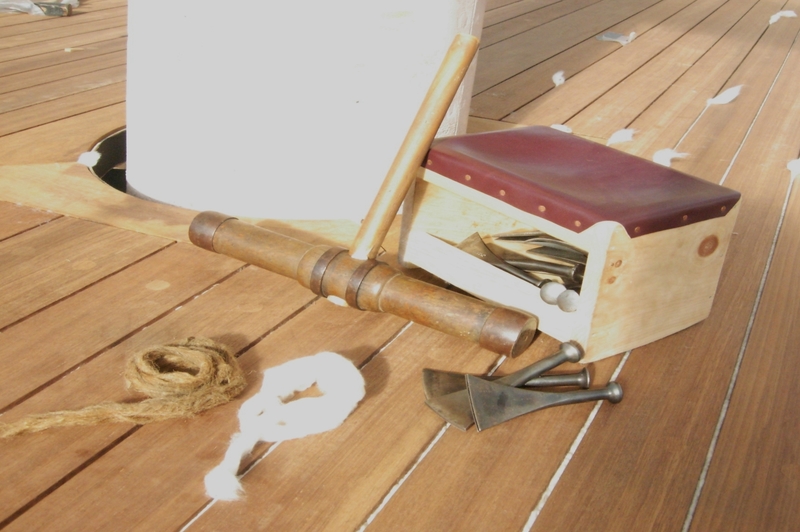Caulking is a material used to seal leakage on pipes, so there is no question if mildew grows there. Now, you’re wondering how to remove mildew from caulking?
You can remove mildew on caulk with mildew removing product or with bleach. Just soak and rub the affected area with bleach and rinse it thoroughly.

In this article, we will discuss two effective and pretty easy ways to clean mildew off of your caulk. It can be stressful if not removed immediately, so here is your guide on removing that nasty pest inside your home.
Mildew will affect your home and your health, and being sick is the last thing you would want.
What Is Caulk?
Caulk is the material used to seal the joints or seams to prevent leakage in various pipings of the house. In more basic words, caulk is used to close gaps and avoid airflow and leakage.
You may think that caulk is the same as grout, but they are not the same. Grout is made out of a mixture of water, cement, and sand, while the caulk is made out of polymers making it more flexible than grout.
Since caulk is made out of polymer, it is easier to dry and apply than grout.
How To Identify Mildew Growth On Caulk
Identifying the mildew on the surface is relatively easy. Just look if there is any discoloration happening on your caulk.
Identifying the presence of mildew will be quite easy. Luckily we have a simple yet effective way of spotting it.
To identify the presence of mildew beneath the caulk, you can try the bleach test. To apply the bleach test, you need a cotton ball and bleach.
Soak the cotton ball with bleach and put it on top. After the mildew has been cleaned, you should clean your bathroom thoroughly, but if the mildew takes longer than 45 seconds, then the mildew is growing beneath the caulk.
2 Easy Ways On Removing Mildew From Caulk
Here are the three easy ways to remove mildew from caulk with the use of products you can buy and a good home remedy.
1. D.I.Y. caulk mildew removal
For the D.I.Y. method, you would need a combined mixture of ½ gallon of warm water, ½ tablespoon of detergent, and ½ cup of bleach in a bucket.
First, soak a sponge, or a cloth, then apply it to the caulk affected with mildew and let it sit for 10 minutes. Next, you need to dip a soft bristle brush into the bleach-detergent mixture and scrub all the remaining mildew of the caulk.
Lastly, rinse the caulk with warm water and dry it with a clean towel.
2. Removing mildew with tilex mildew root penetrator
The Tilex mildew root penetrator is an effective cleaning agent for your mildew, and the Clorox Company manufactures it.
To use the product, turn the spray bottle’s nozzle to the side, where the word foam is indicated, point it to the caulk and spray with a distance of 6-8 inches from the caulk itself. After that, let it soak for 15 minutes, wash it, then rinse.
Maybe now you are wondering about “where to buy tilex mildew root penetrator?” Well, you can buy it in various stores, but you also can check the article to know more.
How To Remove Mildew Smell
After you may have cleaned your caulk from mildew, mildew smell can still linger inside your bathroom. Here is how to get rid of mildew smell in bathroom.
First, you need to find the cause of mildew, whether a lack of proper ventilation or any leakages on your pipes. Next is to separate the affected items to those who are not and clean them accordingly.
Lastly, kill the mildew permanently with products such as baking soda or tea tree oil.
How To Prevent Mildew Growth On Caulk
As we all know, prevention is better than cure. Hence, here are tips for you to prevent mildew growth.
Since your bathroom is an excellent breeding ground for mildew, it’s best to know how you can make your bathroom mildew-free.
To prevent mildew from growing inside your bathroom, you need to rinse off the wall every after bath. Then leave the door and the shower curtains open to let the airflow and dry your bathroom faster.
Painting your walls in glossy colored paint would also be an excellent way of preventing mildew growth. Lastly, clean the area that is vulnerable to mildew.
Health Risks Of MIldew
The health risks of mildew and mold are the same. Both cause allergy-like symptoms and may impair your respiratory health in prolonged exposure.
Mildew can also cause severe problems if the person inhaling its spores has a respiratory problem or an allergy.
Individuals with robust immune systems tend to have a lighter manifestation of symptoms and will only experience sneezing, shortness of breath, and so on.
Conclusion
After reading this article, you now have knowledge on how to remove mildew from caulking and ways to get rid of them. Make sure to apply this well so you won’t have to deal with the problem again.
